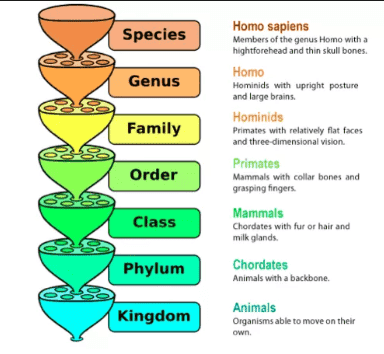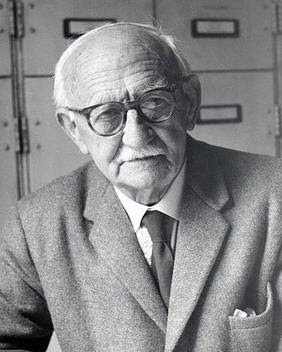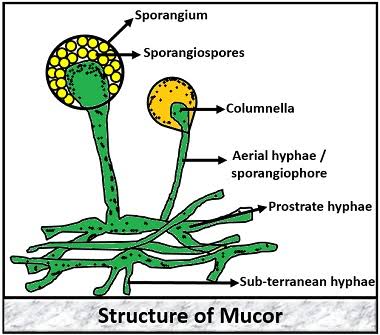- P.Maheshwari 1950 defined polyembryony as occurence of more then one embryo in a seed is called polyembryony.
- The additional embryo degenerate in the course of seed development.
- Polyembryony has been found in citrus and Magnifera.
- The first case of polyembryony was reported in orange seed by Leuwenhock in 1779.
SCHNARF 1929 DIVIDED POLYEMBRYONY INTO TWO TYPES
- TRUE POLYEMBRYONY
- Multiple embryo develop from single embryo sac.
- FALSE POLYEMBRYONY
- Multiple embryo develop from multiple embryo sac.
ACCORDING TO BROWN POLYEMBRYONY IS FOUR TYPES
- CLEAVAGE POLYEMBRYONY
- In this type the additional embryo develop from the cell, produce zygote by cleavage. It is called cleavage polyembryony. This polyembryony very common in orchids.
- FORMATION OF EMBRYO BY A CELL OF EMBRYOSAC OTHER THAN THE EGG CELL
- The embryo consist of antipodal and synergids cells.
- EMBRYO FROM ANTIPODAL CELLS
- The formation of embryo from antipodal cells is little known and vary rare. These have been reported in Ulmus.
- EMBRYO FROM SYNERGIDS CELLS
- The embryo formation from synergids is very common. Such embryo may be haploid or diploid.
- These have been reported in Najas minor.
- DEVELOPMENT OF MORE THEN ONE EMBRYOSAC WITH IN THE SAME OVULE.
- This polyembryony condition first reported by kumar and joshi in 1942.
- This polyembryonic condition may arise by fusion of two or more ovules as case of Rhizophora.
- The multiple embryo sac in an ovule has been reported in citrus.
Adventative Polyembryony
- Formation of embryo from the tissue outside of embryosac is called adventive embryo.
- It is commonly observed in citrusthe and magnifera.












